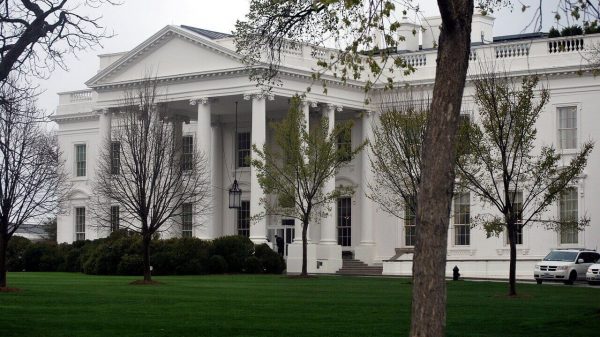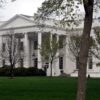While the order readopts the country’s regulations from 2014, do they sufficiently address threats against net neutrality like zero-rated content and paid prioritisation? Will these provisions be enough in the age of antitrust?
On Friday, US President Joe Biden issued a sweeping executive order on the subject of antitrust and competition. A part of this order said that:
(l) The Chair of the Federal Communications Commission is encouraged to work with the rest of the Commission, as appropriate and consistent with applicable law, to consider:
(i) Adopting through appropriate rulemaking “Net Neutrality” rules similar to those previously adopted under title II of the Communications Act of 1934 (Public Law 73-416, 48 Stat. 1064, 47 U.S.C. 151 et seq.), as amended by the Telecommunications Act of 1996, in “Protecting and Promoting the Open Internet,” 80 Fed. Reg. 19738 (Apr. 13, 2015);
All this to say: The US is gearing up to restore Net Neutrality rules that were rolled back by the Donald Trump administration.
To recap: Net Neutrality is the concept that all traffic on the internet needs to be treated equally by internet service providers, without throttling, blocking, or discriminatory pricing. The problem for the US, though, is that their Net Neutrality rules didn’t do much to address market harm in the first place. For instance, mobile and fixed-line networks in the US can “zero rate” content, where content on a few pre-selected services is offered for free but other internet traffic is metered. This leads to inherent market imbalances and limits consumer choice.
Another instance is that of T-Mobile’s “Binge On” plan which exempts traffic from a handful of major music and video streaming services from being metered, essentially incentivising customers to spend more time on those services. The FCC’s Open Internet order in 2015 did not stop these practices. What it did do was ban paid prioritisation (where an ISP unfairly advantages a partner’s traffic) and recommend reasonable traffic management practices. With blazing-fast fibre broadband rolling out rapidly in the US, speed-related concerns have taken a backseat; pricing is where the real threat to competition lies. On the fronts that the order actually addressed, ISPs don’t appear to have visibly moved towards discrimination.
The case of India
India’s Net Neutrality rules are baked into the Unified License that telecom service providers and fixed-line broadband providers have to obtain. ISPs and telcos are not allowed to discriminate internet traffic, whether in price or speed. As such, plans like T-Mobile’s Binge On are simply illegal. Compare that to Sri Lanka, where an absence of Net Neutrality rules has led to a kind of slicing and dicing of internet plans that would be unthinkable in India.
The US treats mobile networks differently from fixed-line broadband networks, with carriers arguing that the industry is too young to intervene in, even as the country becomes among the first to roll out 5G networks. As such, the discriminatory mobile plans have grown rampant — on top of selecting a handful of services and making life harder for the competition, such restrictions also reduce the amount of data that customers can buy for a given amount of money. Even on fixed-line networks, the problem persists: HBO Max has been zero-rated on the broadband network of AT&T, the telecom-media conglomerate that owns the streaming services.
American Net Neutrality rules in the age of antitrust must not just copy regulations from 2014; they must include the rigorous protections that countries like India have been able to implement: that means no throttling, no paid prioritization, and no zero-rating. Anything less would amount to just freeing up platforms like Netflix from being forced to pay ISPs for handling traffic, and do little by way of empowering customers. The way the current executive order signed by President Biden is framed, it appears that little would change.
Read MediaNama’s coverage of Net Neutrality here
Also Read:






















